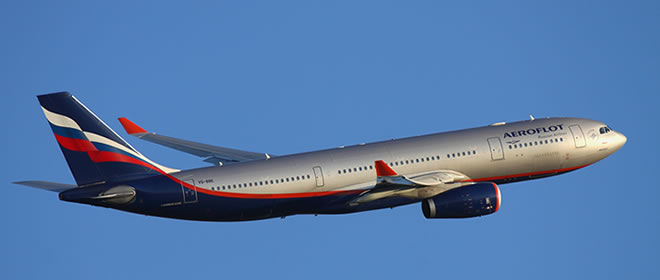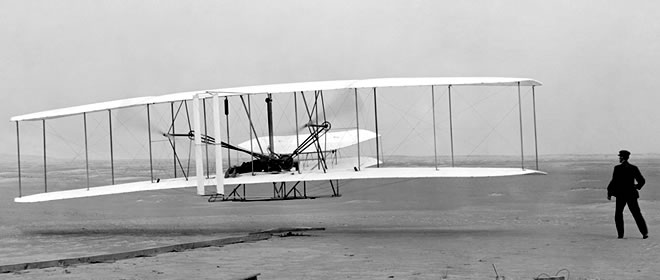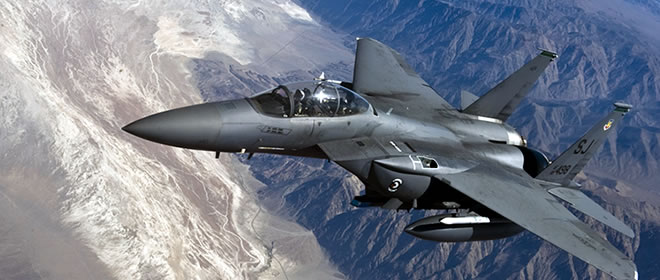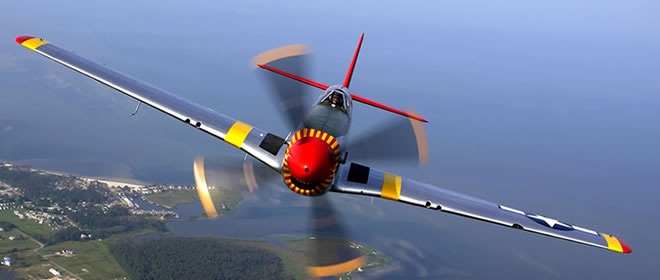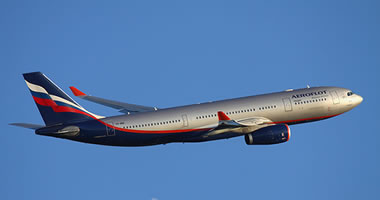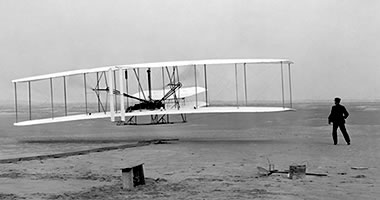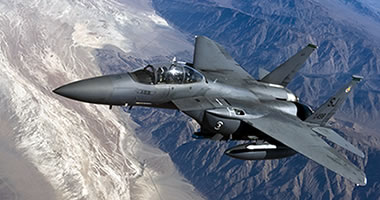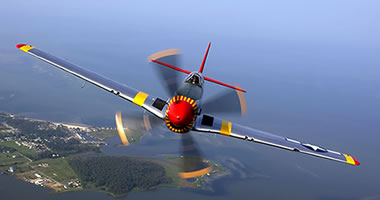Hinton House
HINTON HOUSE: Temporary Landing Ground (Aka HINTON St GEORGE)
Note: All these maps were kindly provided by Mr Michael T Holder. I added the area view from Google Earth ©
Location: Just W of Hinton St George village, about 2nm NW of Crewkerne town centre on the A30
Period of operation: 13th April 1911
NOTES: This was the end of a most remarkable series of flights conducted by Mr Graham Gilmour, mostly with Mr Gordon England, in April 1911. This singular aerial adventure has mostly been forgotten about today, but this 'Guide', being devoted to our aviation history in the U.K., certainly wants to record it in some detail. All of the landing sites have been listed, including the departure airfield: LARKHILL (Departure), FRYERN COURT, EASTBURY HOUSE, HENSTRIDGE, TOOMER FARM, and BOWER HINTON.
We do not know what the original intentions were, but FRYERN COURT, HENSTRIDGE and TOOMER FARM, were certainly unplanned when the two men took-off from LARKHILL. When Mr Gilmour landed here with Mrs Millbank as a passenger, he hit a fence on the front lawn. The machine had to be dismantled and taken away by road, and quite possibly rail, to be repaired. We don't know if it was taken away to LARKHILL or possibly the Bristol factory at FILTON.
HINTON HOUSE was the residence of the Earl and Countess Poulett and Mr Gilmour had been invited to dinner. It seems not known if the invitation was extended to Mr Gordon England? Perhaps not as he seems to have been left behind at BOWER HINTON. Without too much doubt it was probably intended to fly back to BOWER HINTON initially as it appears a hangar had been erected. But, it seems doubtful that Mr Gilmour could have made it back before dark. Indeed, he didn't leave BOWER HINTON until after 19.00.
EARLY DAYS
This flight adventure took place at the dawn of powered aviation in the U.K. and the techniques of aerial navigation were still in their infancy. Indeed, their machine, a Bristol Military Aeroplane, (known today as a 'Boxkite'), didn't have a compass. Also sitting exposed to the elements on the lower wing meant that reading a map would have been very difficult if not impossible.
MINIMAL PERFORMANCE
It appears the 'Boxkite' had a maximum speed of 40mph flying straight and level, plus of course the extra drag of carrying a passenger would have decreased that speed, and hindered the rate of climb. Also a 50hp rotary Gnome was barely enough power to enable carrying a passenger, which explains why Mr Gilmour took-off from HENSTRIDGE solo, landing a few miles away to collect Mr England at TOOMER FARM where a much larger field was available.
As a general rule, most flying in those days was done early in the morning and in the evening when the air is cooler and therefore denser. And of course, the winds tend to be much lighter too. As might well be imagined, with a top speed of 40mph, it wouldn't need much of a gust to render the aircraft in a stalled condition. The effects of both temperature and altitude have a very marked effect on aircraft performance; the engine produces less power, the propeller produces less thrust and the wings produce less lift. In other words, this aerial adventure was being undertaken in very demanding circumstances at best.
For example, when Louis Blériot flew across the English Channel, two years earlier, the reason he crash landed at NORTHDALL MEADOW by Dover Castle was because his aeroplane did not have the climb performance to land on top of the cliffs! And, one of the main reasons that the French named a suitable flying site as an 'Aerodrome' is because most of the flying was expected to take place in and around it. The same applied in the U.K. Only the most intrepid and experienced aviators dared to fly further afield, and engine failure was a constant risk.
QUITE AN ACHIEVEMENT
With all the above taken into account, this aerial adventure in April 1911 by Mr Graham Gilmour and Mr Gordon England, (the latter acting mainly as Gilmours engineer, although he had recently gained his pilots certificate), deserves to be both remembered and applauded today. We should also bear in mind that very few people had ever seen an aeroplane, let alone one actually flying, which explains why so many people had gathered along the route landing sites once the news got out.
We also need to bear in mind that the rate of development in every regard, engine, propeller and wings, was very rapid, even before WW1. And this tends to mask just how significant this daring escapade really was.
We'd love to hear from you, so please scroll down to leave a comment!
Leave a comment ...
Copyright (c) UK Airfield Guide

